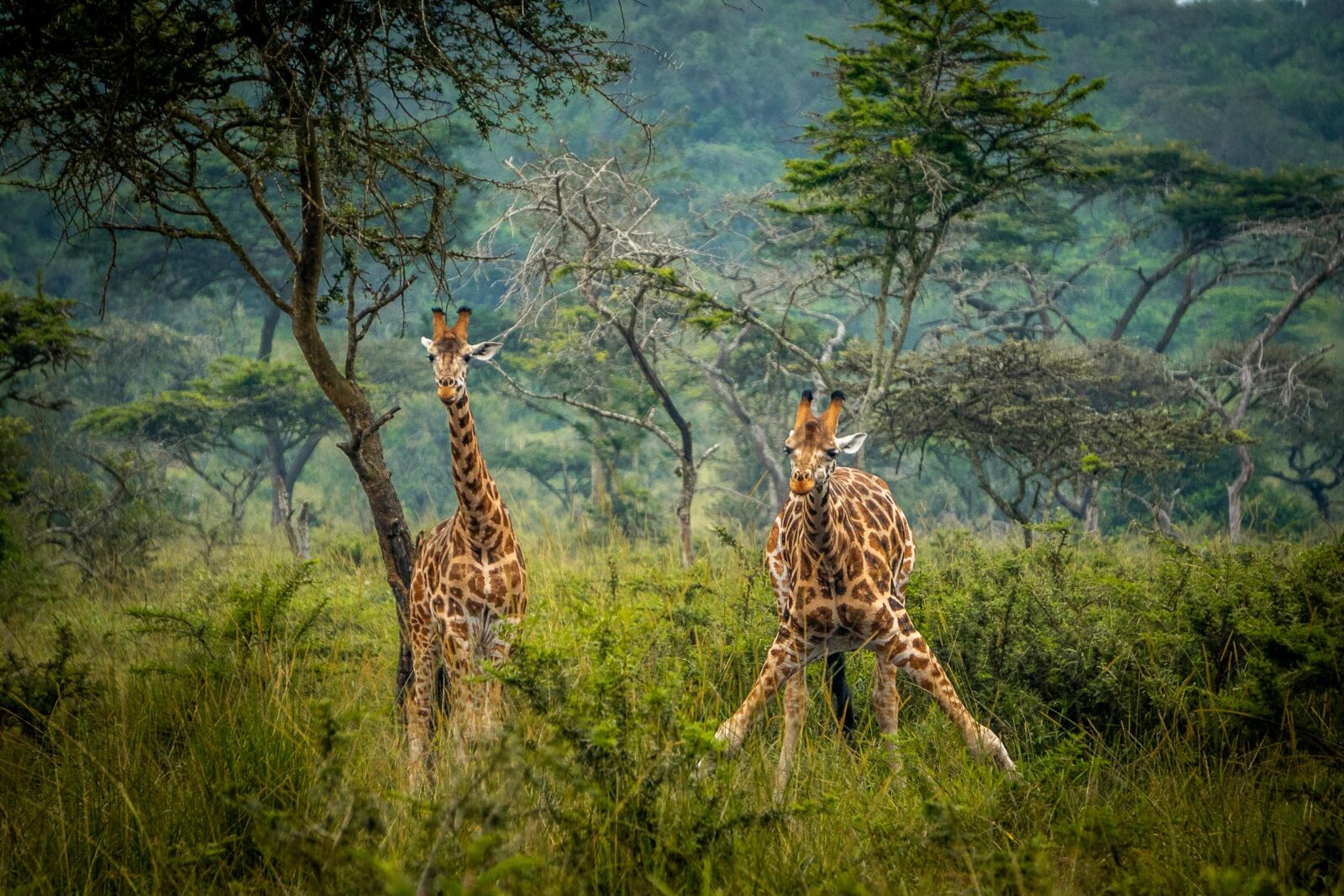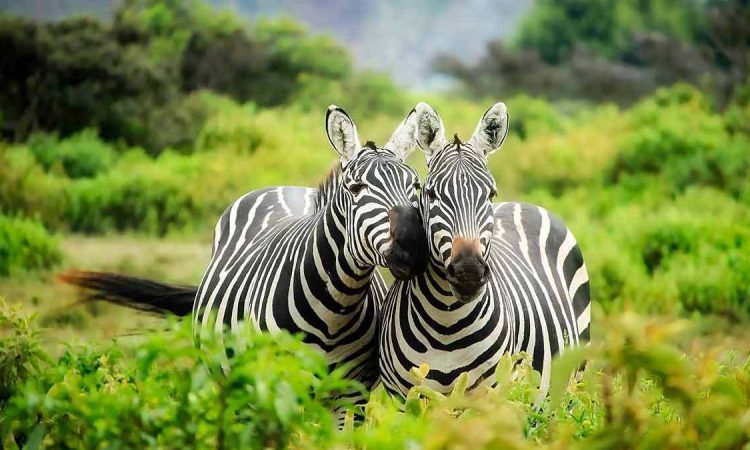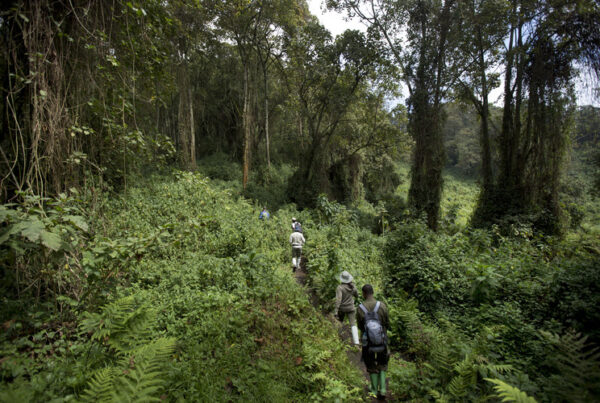Safari Guide to Lake Mburo National Park in Uganda
Into the Wild Heart of Uganda
Tucked away in the western region of Uganda lies a hidden jewel that radiates tranquility, wilderness, and untamed beauty. Lake Mburo National Park, often described as Uganda’s most compact savannah park, may be small in size, but it holds an astonishing diversity of wildlife and landscapes that rival its larger counterparts. The park is defined by rolling hills, lush valleys, acacia woodlands, and the shimmering expanse of Lake Mburo itself, which breathes life into the surrounding plains. For travelers seeking a serene safari experience away from crowds, Lake Mburo offers a rare blend of intimacy, adventure, and unrivaled encounters with nature.
In this safari guide, the park is explored through its location, accessibility, ecosystems, wildlife, activities, cultural encounters, and best visiting seasons, offering readers a complete picture of why this park deserves a place on every traveler’s Ugandan itinerary.
Location and Geographic Setting
Lake Mburo National Park is located in Kiruhura District, western Uganda, approximately 228 kilometers from Kampala, the capital city. The journey takes about four to five hours by road, offering travelers a scenic drive through rolling farmlands, banana plantations, and traditional homesteads.
Covering an area of about 370 square kilometers, it is the smallest of Uganda’s savannah national parks, yet its landscapes are strikingly varied. The park forms part of a much larger ecosystem stretching towards Tanzania, but what makes Lake Mburo unique is the presence of five lakes within its boundaries, with Lake Mburo being the largest. These lakes, along with the wetlands and acacia woodland, create a lush mosaic of habitats that sustain diverse wildlife populations.
The park is part of the Ankole sub-region, a land known for its pastoral traditions and iconic Ankole long-horned cattle. This geographical positioning allows Lake Mburo to serve not only as a wildlife sanctuary but also as a cultural bridge between Uganda’s natural and human heritage.
History and Establishment of the Park
Lake Mburo National Park’s story is deeply tied to both conservation and community heritage. Originally designated as a controlled hunting area in 1933, it was later gazetted as a game reserve in 1963. By 1983, it was upgraded to a national park to secure its fragile ecosystems and protect its declining wildlife.
The area had long been inhabited by the Banyankole pastoralists, whose cattle coexisted with wildlife. However, the creation of the park was marked by tensions, as local communities were initially displaced from their ancestral grazing lands. Over the years, efforts have been made to integrate conservation with community participation, enabling residents to benefit through tourism initiatives while preserving the park’s ecological integrity.
Today, Lake Mburo stands as a model of community-inclusive conservation, balancing wildlife protection with cultural heritage and sustainable tourism.
Ecosystems and Landscapes
Despite its modest size, Lake Mburo National Park boasts a remarkably diverse range of habitats. Its landscapes are dominated by open savannah grasslands, interspersed with acacia woodlands and patches of forest. The wetlands and swamps surrounding the lakes provide breeding grounds for aquatic species, while rocky ridges and rolling hills offer vantage points over the park’s expansive beauty.
Lake Mburo itself is a freshwater lake stretching across 26 square kilometers, surrounded by papyrus swamps and woodland thickets. The presence of water in an otherwise dry environment makes the park a critical refuge for animals during the dry season. The park’s ecosystem forms part of Uganda’s rain shadow area, making it less humid compared to other national parks, which adds to its uniqueness.
Wildlife of Lake Mburo National Park
The park is home to a wide variety of wildlife species, many of which cannot be found in other Ugandan parks. Its compact size allows for close and intimate sightings of animals, enhancing the safari experience.
Lake Mburo is particularly known as the only national park in Uganda where the impala is found. Herds of these graceful antelopes can be seen grazing in the savannah. It is also one of the few places in Uganda where Burchell’s zebra and eland, Africa’s largest antelope, can be encountered.
The mammal population also includes buffaloes, hippos, warthogs, bushbucks, waterbucks, and hyenas. Although lions are rarely seen, the park is home to a growing number of leopards, often spotted at dawn or dusk.
Bird enthusiasts find Lake Mburo to be a paradise, as it harbors over 350 bird species. Notable sightings include the African fish eagle, pied kingfisher, shoebill stork, papyrus gonolek, and red-faced barbet, the latter being an endemic species found only in this region of Uganda. The lakeshores attract numerous waterbirds, while the savannah grasslands echo with the songs of raptors and ground dwellers.
Activities and Experiences in the Park
The charm of Lake Mburo National Park lies in the variety of activities that offer multiple ways to explore its wilderness. Unlike some parks where activities are restricted to game drives, Lake Mburo provides unique opportunities for exploration on foot, by boat, and even on horseback.
Game Drives Across the Savannah
Guided game drives allow visitors to traverse the park’s grassy plains and woodlands, bringing them close to zebras, impalas, elands, and buffaloes. The game drives are particularly rewarding in the early morning and late afternoon when animals are most active. The compact size of the park ensures that wildlife encounters are frequent and close at hand.
Boat Safaris on Lake Mburo
The lifeline of the park, Lake Mburo, provides a breathtaking platform for boat safaris. These excursions reveal a different world, where pods of hippos wallow in the waters, crocodiles bask on the shores, and kingfishers dart across the surface. The boat ride also provides access to waterbird colonies, making it a photographer’s dream.
Walking Safaris
Lake Mburo is one of the few national parks in Uganda where walking safaris are permitted. Guided walks allow travelers to immerse themselves in the sights, sounds, and scents of the wilderness. Tracking footprints, listening to bird calls, and observing smaller creatures create a deeper connection with nature than can be achieved from a vehicle.
Horseback Safaris
Perhaps the most unique experience in Lake Mburo is the chance to embark on a horseback safari. This activity, organized by local lodges, enables visitors to ride quietly among zebras and antelopes without disturbing them. The absence of engine noise creates an authentic and serene interaction with wildlife.
Night Game Drives
With the help of spotlights, visitors can venture into the park at night, where elusive creatures such as leopards, hyenas, and bushbabies reveal themselves. These nocturnal adventures highlight a side of the park that remains unseen during the day.
Cultural Encounters Around the Park
Beyond wildlife, Lake Mburo National Park is deeply embedded in the cultural fabric of the Ankole community. Visitors can engage in cultural tours that showcase the traditions of the Bahima pastoralists, renowned for their long-horned Ankole cattle.
Travelers can visit traditional homesteads, learn about cattle herding practices, and witness the process of milking and butter-making. The stories, songs, and dances of the Banyankole people reveal a way of life that has coexisted with the natural environment for centuries. These cultural encounters enrich the safari experience, offering travelers both wildlife adventures and human connections.
Accommodation and Safari Lodges
Lake Mburo National Park and its surrounding areas offer a range of accommodations, from luxury safari lodges to budget-friendly campsites. Many lodges are strategically perched on hilltops, providing panoramic views of the park and its wildlife.
Lodges near the lake offer easy access to boat safaris, while those set deeper in the park immerse visitors in raw wilderness. Accommodations often feature eco-friendly designs that blend harmoniously with the environment, ensuring that visitors enjoy comfort while minimizing their ecological footprint.
Best Time to Visit Lake Mburo National Park
The park can be visited throughout the year, but the dry seasons from June to August and December to February are particularly favorable. During this time, wildlife gathers around water sources, making sightings more predictable. The terrain is also easier to navigate, and outdoor activities such as walking safaris are more enjoyable.
The wet seasons, spanning from March to May and September to November, bring lush greenery and vibrant birdlife. Birdwatchers especially favor this period, as migratory species flock to the park. However, the rains can make some tracks slippery, which may limit accessibility.
Why Lake Mburo National Park is a Must-Visit
Lake Mburo National Park offers an intimate and off-the-beaten-path safari experience. Its unique wildlife, especially impalas, zebras, and elands, set it apart from other parks. The diversity of activities, from boat rides to horseback safaris, ensures that every traveler finds something memorable.
Its proximity to Kampala makes it an ideal weekend getaway or a perfect stopover for those traveling to western Uganda’s larger parks such as Queen Elizabeth, Bwindi Impenetrable, or Kibale Forest. More than just a wildlife destination, Lake Mburo stands as a place where nature and culture harmonize, offering visitors a deeper understanding of Uganda’s landscapes and people.
A Call to Adventure
Lake Mburo National Park is more than just a wildlife sanctuary. It is a realm where tranquil lakes meet rolling savannahs, where cultural traditions intertwine with conservation, and where every safari moment feels personal and profound. Whether it is the quiet thrill of spotting a leopard at dusk, the laughter of hippos across the lake, or the graceful sight of impalas bounding across the plains, Lake Mburo creates experiences that linger long after the journey ends.
For those dreaming of an authentic African safari, Lake Mburo National Park presents an invitation that cannot be ignored. To transform that dream into reality, travelers are encouraged to book their Africa tours and safaris through WildHorn Africa, a trusted partner in delivering unforgettable adventures across Uganda and beyond.




 WildHorn Africa – Authentic and unforgettable tours across Africa, guided by local experts who know the land, wildlife, and culture best.
WildHorn Africa – Authentic and unforgettable tours across Africa, guided by local experts who know the land, wildlife, and culture best.


